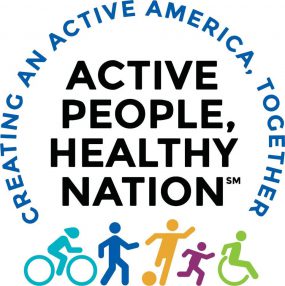ACT: Assessment Modules
Who can use the Active Communities Tool: Assessment Modules?
Completing this tool requires input from a cross-sector team. The team may include representatives from public health, land use and transportation, planning, traffic engineering, public works, parks and recreation, school districts, public transit systems, or other community stakeholders.
The Active Communities Tool: Assessment Modules are best suited for use with a single municipality (also referred to as community) given that this town or city will have powers of self- governance. A county or region may use the tool; however, plans and policies may differ across municipal jurisdictions within those areas. In counties or regions containing more than one municipality, teams may want to complete the assessment modules separately for each one. For the school-related module, keep in mind that school district boundaries may be different from municipal boundaries.
How to complete the Active Communities Tool Assessment Modules?
There is no single way to complete the Active Communities Tool: Assessment Modules. There are many approaches. We encourage you to review The Active Communities Tool (ACT): An Action Planning Guide to understand how the Active Communities Tool: Assessment Modules fit into the broader action planning process.
Information about each of the six assessment modules (e.g., purpose of the module, type of technical expert(s) to involve in completing the module, length of time to complete the module) is noted on each module’s cover page and in The Active Communities Tool: Action Planning Guide.
Each module is divided into sections (e.g., plans, policies). Broad, general questions about whether a plan, policy or process exists are asked first. These are followed by a series of detailed questions designed to assess the quality of existing plans, policies, or processes. In general, the more items marked in the module pertaining to an existing plan, policy or process, the stronger and more comprehensive it is. The items that remain unmarked represent potential opportunities for action and engagement.
A few key points to consider:
- Complete the modules selected by the cross-sector team. A key benefit to looking at all the modules is to have a full picture of the opportunities potentially available for your community to act on and to measure progress on community built environment improvements that promote physical activity.
- Complete the Active Communities Tool Assessment Modules as a group effort involving the technical experts relevant to the actionable areas selected. The public health practitioners may need to contact technical experts in other sectors to complete the modules.
- Answer each question in each module selecting the answer that best describes your community. If a question does not apply to your community, then mark it as not applicable.

